Are you curious about how keloid scars—one of the most prominent types of raised scars—form? In this post, we’ll explore the science behind keloid development, look at some early signs to watch for, and review effective ways to prevent and reduce their appearance.
What Is a Keloid?
Keloids are an abnormal form of scar tissue that occurs when the body’s wound-healing process goes into overdrive. Unlike typical scars, keloids grow beyond the boundaries of the original wound and may continue to enlarge over time. They are usually raised, firm, and shiny, and range in color from pink to dark brown depending on the individual’s skin tone.
What Causes Keloids?
The exact cause of keloid formation is not entirely understood, but several contributing factors have been identified:
-
Excess Collagen Production: Normally, the body produces collagen to heal damaged skin. In keloid formation, the body produces too much collagen, leading to thick, rubbery scar tissue that extends beyond the original wound site.
- Research shows that type I and III collagen levels are significantly increased in keloid tissue compared to normal scar tissue (Akasaka et al., 2005). -
Genetic and Ethnic Predisposition: Studies indicate a strong genetic component. Individuals of African, Asian, and Hispanic descent are more prone to keloid development. One study found that keloids are 15 times more likely to occur in people of darker skin tones (Niessen et al., 1999).
-
Hormonal Influence: Hormonal changes during puberty or pregnancy may increase susceptibility, likely due to their role in modulating immune and inflammatory responses.
Early Signs a Keloid May Be Forming
Recognizing a keloid early can help with early intervention. Some common early symptoms include:
-
A raised or thickened area around a healing wound
-
Persistent itching or tenderness
-
A change in texture or color that becomes more pronounced over time
-
Expansion of the scar tissue beyond the original injury site
If any of these signs occur, it’s important to monitor the area and consult a healthcare provider.
Can You Prevent Keloids?
Complete prevention isn’t always possible, especially in individuals with a known predisposition. However, several strategies can reduce the likelihood of keloid formation:
-
Prompt Wound Care: Clean and treat cuts, burns, and abrasions quickly and thoroughly.
-
Avoid Unnecessary Trauma: Limit piercings, tattoos, or elective surgery in individuals prone to keloids.
-
Surgical Planning: Inform your surgeon about your keloid history before undergoing procedures.
-
Use Pressure Dressings or Silicone Sheets: Particularly in high-risk areas, these may help minimize scarring.
📌 A 2014 meta-analysis showed that silicone gel sheets significantly reduced the incidence and severity of hypertrophic and keloid scars (O'Brien et al., 2014).
Can Silicone Products Help with Keloids?
Yes—silicone-based scar treatments are one of the most widely studied and recommended non-invasive options for managing keloids. They work by hydrating the scar tissue, regulating fibroblast production, and creating an occlusive barrier to normalize collagen production.
Our Scar Heal Kit includes both silicone sheets (ScarFX) and silicone gel (Rejuvasil), designed to help reduce the appearance of keloid scars by softening, flattening, and fading them over time.
Keloids can be persistent and frustrating, but with an understanding of how they form and a proactive approach to treatment, it’s possible to manage their appearance and even reduce future occurrences. Whether you're healing from surgery, an injury, or a piercing, being informed and prepared is your best defense.
Works Cited
-
Akasaka, Y., Fujita, K., Ishikawa, Y., et al. (2005). Increased expression of collagen types I and III in keloid fibroblasts. Wound Repair and Regeneration, 13(2), 252–259. https://doi.org/10.1111/j.1067-1927.2005.00120.x
-
Niessen, F. B., Spauwen, P. H. M., Schalkwijk, J., & Kon, M. (1999). On the nature of hypertrophic scars and keloids: A review. Plastic and Reconstructive Surgery, 104(5), 1435–1458. https://doi.org/10.1097/00006534-199910000-00031
-
O'Brien, L., & Pandit, A. (2014). Silicon gel sheeting for preventing and treating hypertrophic and keloid scars. Cochrane Database of Systematic Reviews, (9). https://doi.org/10.1002/14651858.CD003826.pub3
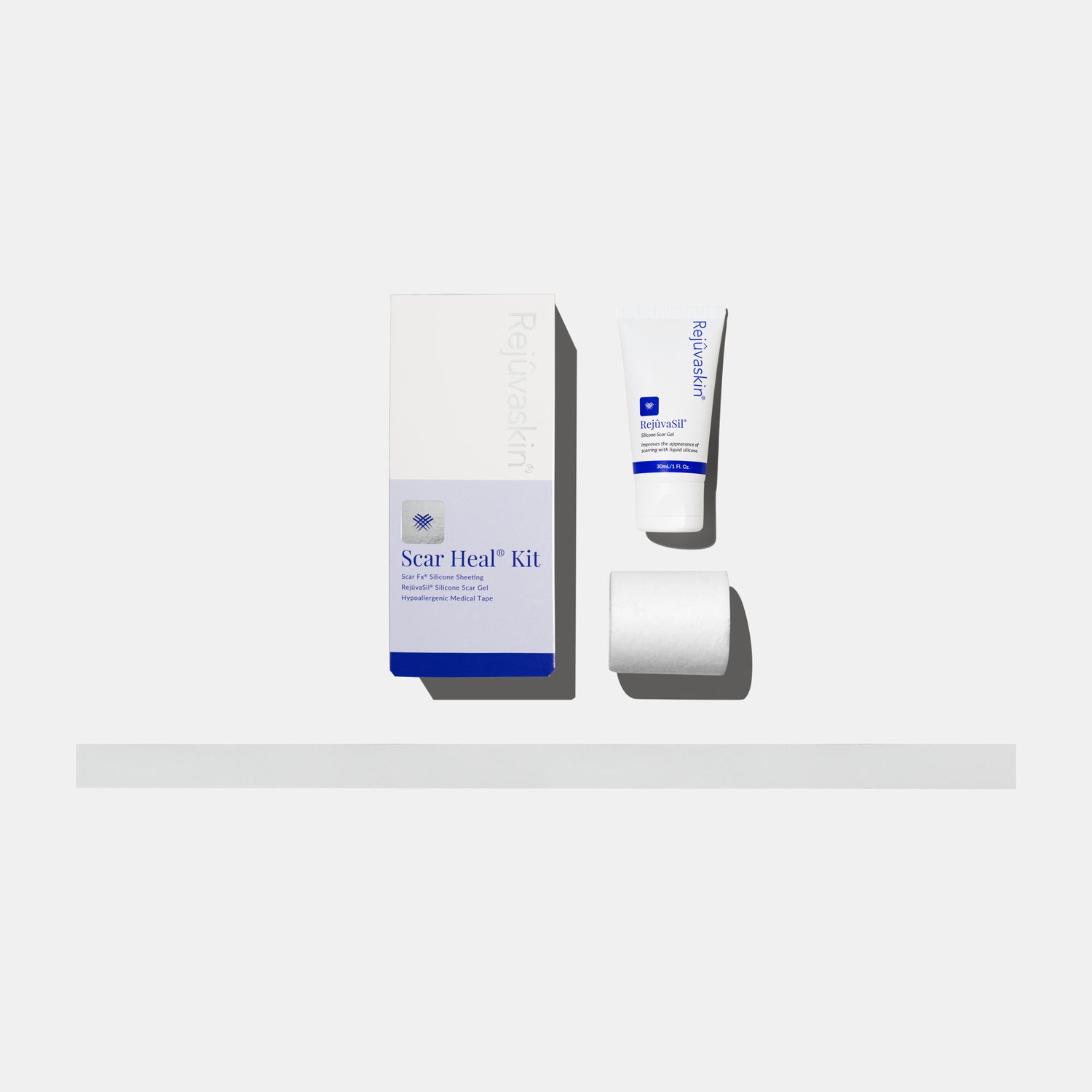


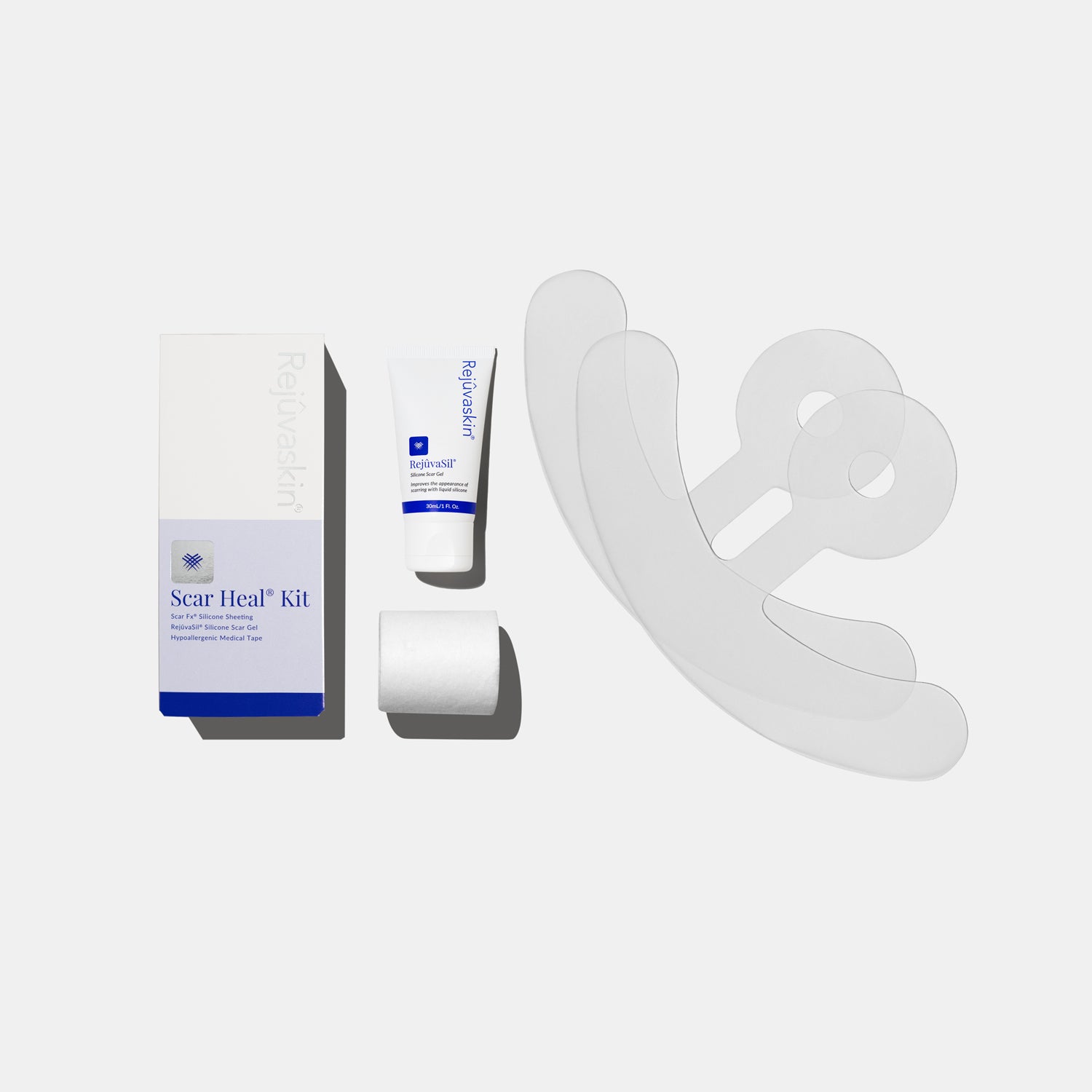
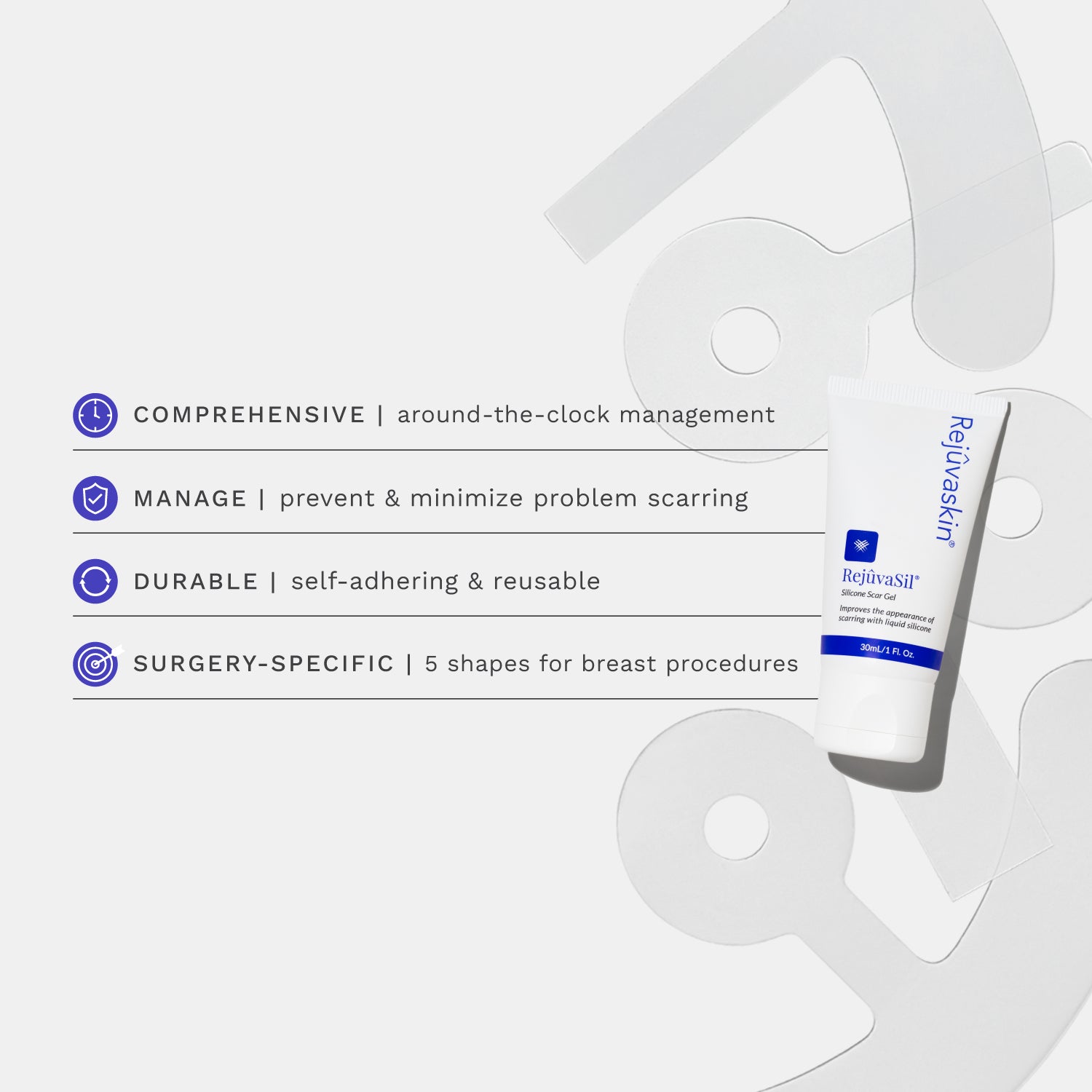
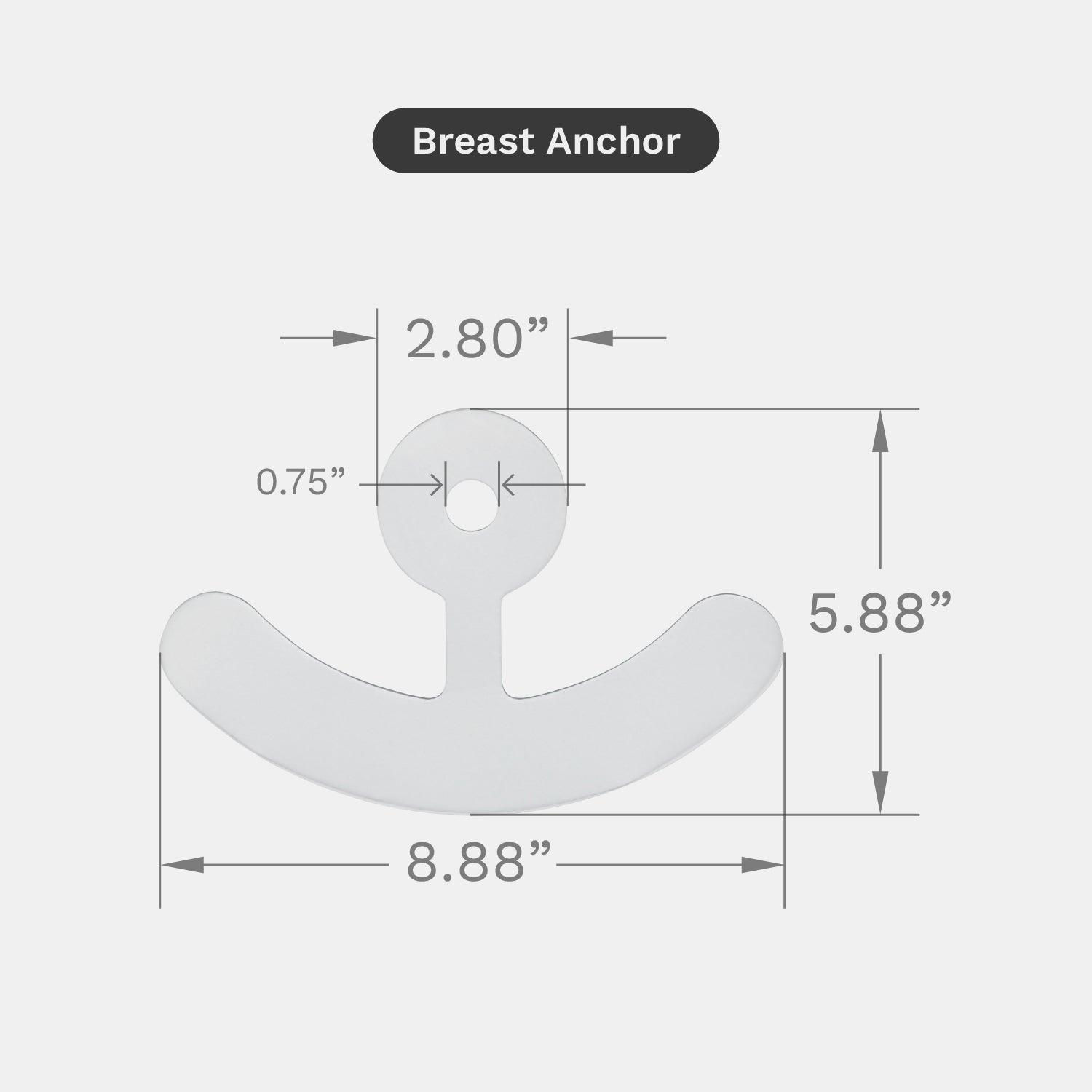
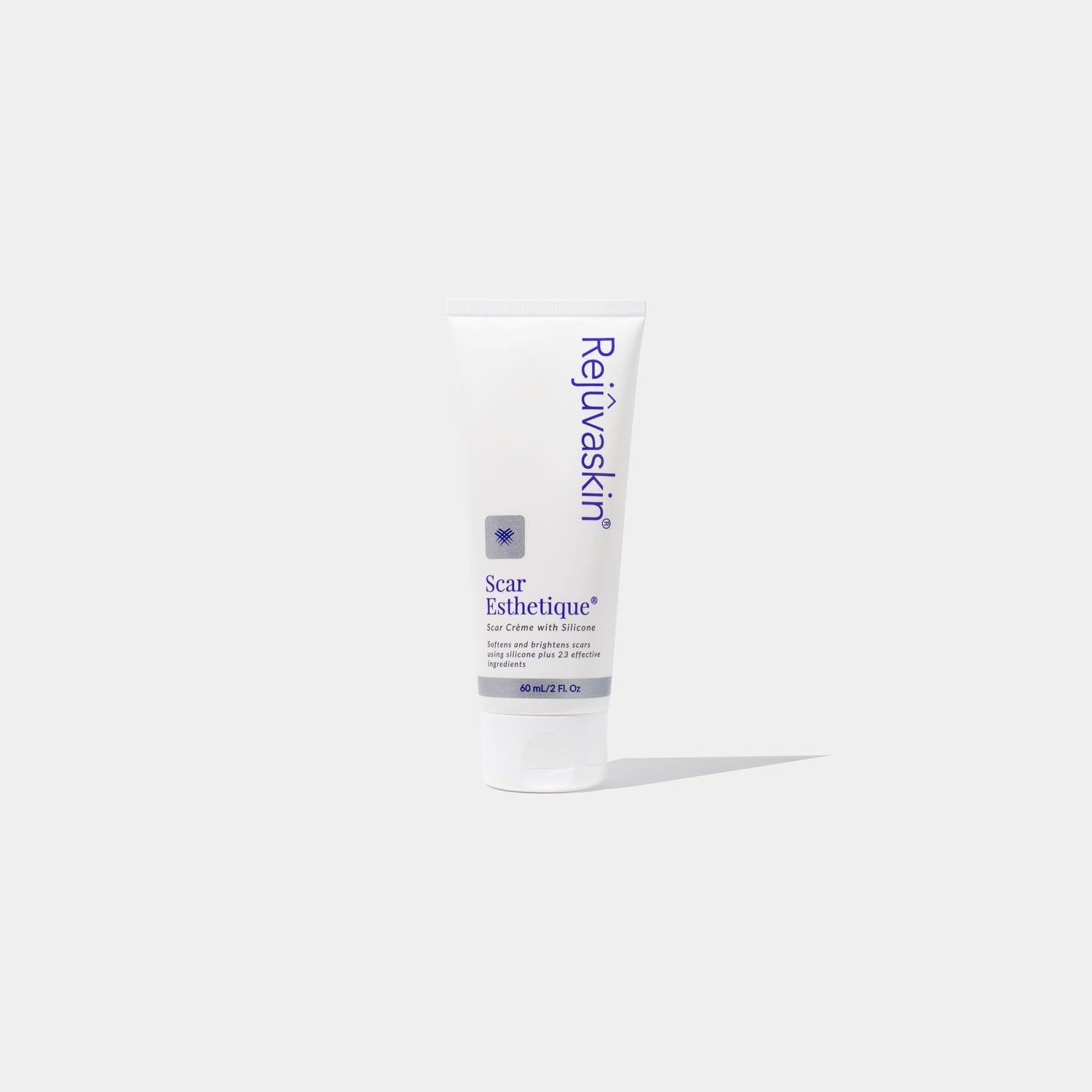
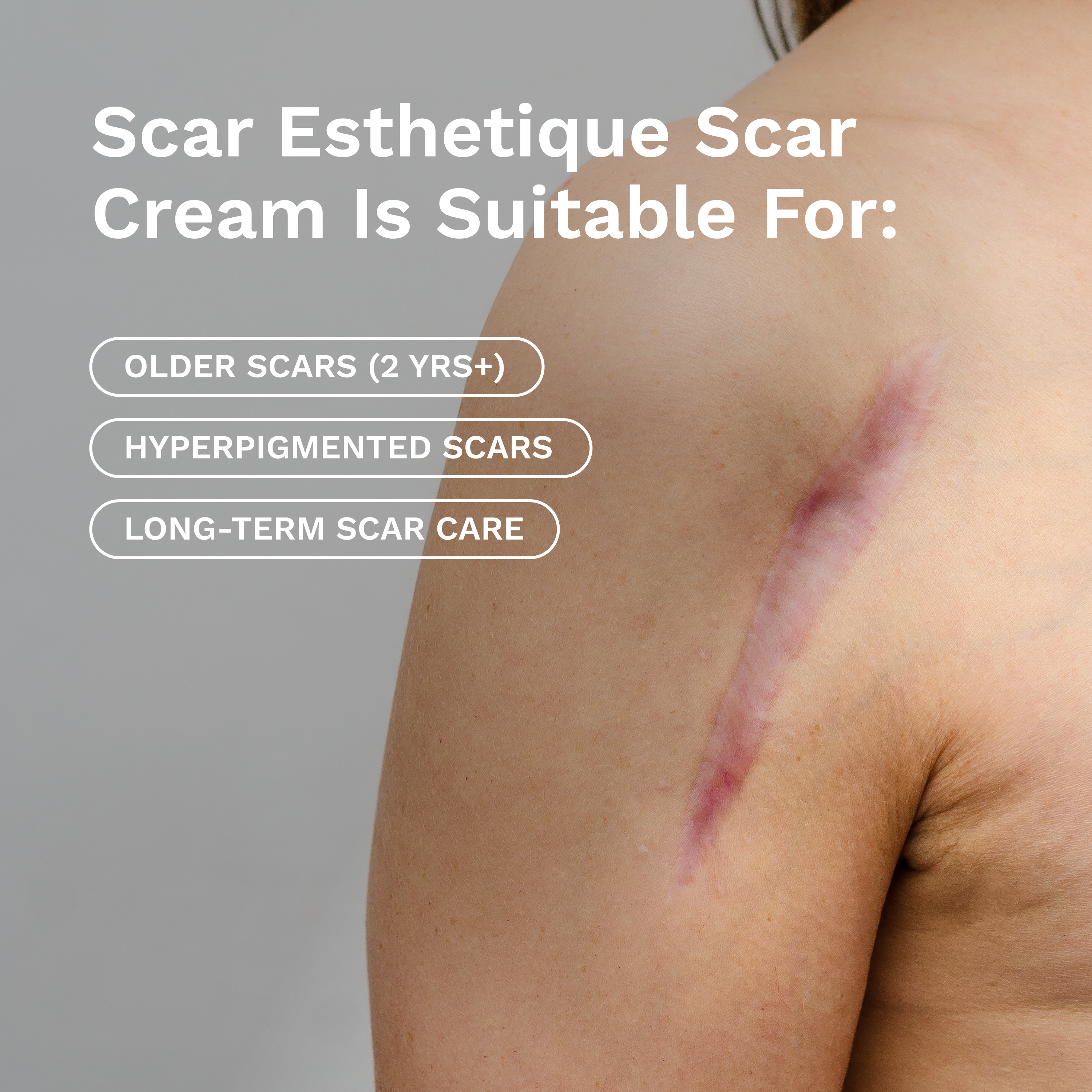








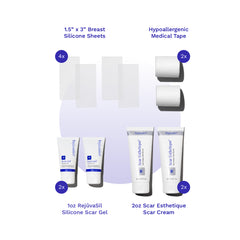
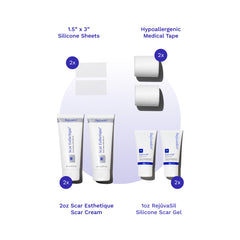

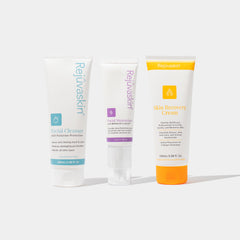

Leave a comment